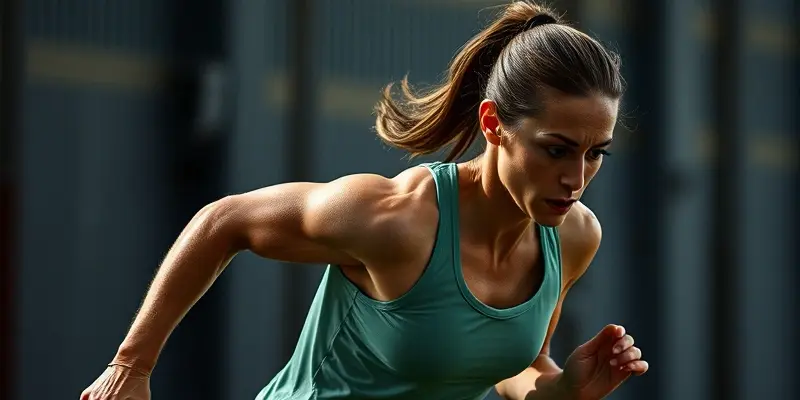In the world of athletics, staying injury-free and mastering the art of recovery are keystones of stellar performance. Whether you’re a budding athlete or a seasoned pro, the integration of injury prevention and recovery techniques is crucial. Let’s explore how you can safeguard and rejuvenate your body, ensuring you always perform at your best.
Injury Prevention Strategies
Use Protective Gear
Using proper protective equipment is your first line of defense in high-impact sports. Helmets, mouthguards, and pads can significantly reduce the risk of severe injuries. These tools are not just for looks; they’re scientifically designed to absorb shocks and prevent traumas.
Master Proper Technique
Learning and consistently applying the correct techniques in sports is crucial. This includes maintaining proper form and posture during workouts and sports activities to avoid muscle imbalances and unnecessary stress on joints. Think of it as building a resilient foundation for your athletic activities.
Structured Warm-Ups
Warming up isn’t just about breaking a sweat; it’s about preparing your body for intense physical activity. Incorporate dynamic stretches and strengthening exercises to enhance your range of motion. Include proprioceptive training to improve balance and agility.
Strengthening and Flexibility
Don’t underestimate the power of strength and flexibility training. Engaging in these exercises builds muscle mass and improves joint mobility, creating a buffer against injuries. Imagine your muscles as a tightly-knit protective fabric—strong and flexible.
Key Recovery Techniques
Emphasize Rest and Recovery
Recovery is as important as the training itself. Allocating specific rest periods allows your muscles to repair and adapt, minimizing the risk of overuse injuries. Consider your rest days sacred—they’re your body’s natural repair sessions.
Nutritional Support for Healing
Fuel your recovery with a balanced diet. Prioritize proteins for muscle repair, omega-3 fatty acids for anti-inflammatory effects, and antioxidants for cell protection. It’s like furnishing your body with the premium materials needed to rebuild and fortify. Learn more about the role of antioxidants in sports nutrition.
Utilize Proprioceptive Tools
Incorporate tools like wobble boards into your routine. These devices enhance proprioception—your body’s ability to sense movement and position. It’s a fun and effective way to prevent unnecessary sprains or falls.
Psychological Support in Rehabilitation
Mindful Practices
Engage in mindfulness and meditation. These practices help manage stress and maintain motivation during recovery. Consider it as mental stretching—flexing your mind to maintain focus and positivity.
Social Support Networks
Surround yourself with a supportive community. Encouragement and guidance from peers can significantly boost your morale and determination during rehabilitation phases.
Advanced Recovery Tools and Gadgets
Compression Gear and Ice Packs
Employ compression garments to enhance blood flow and reduce inflammation. Ice packs are effective for managing swelling and pain. These are your anytime first-aid companions, speeding up the recovery process.
Recovery Technology
Utilize foam rollers and massage guns for muscle relaxation and recovery. These tools target sore areas, promoting blood circulation and easing tension. Visualize them as your on-demand massage therapists.
Optimal Nutrition for Healing
Prioritize Hydration
Keep yourself well-hydrated. Water is essential for muscle function and recovery. Think of it as the lubricant keeping your body’s engine running smoothly.
Balanced Diet Rich in Nutrients
Consume a mix of proteins, healthy fats, and complex carbohydrates. This combination supports healing and provides sustained energy, akin to filling your tank with high-octane fuel.
Conclusion
Incorporating comprehensive injury prevention and recovery strategies is your blueprint for success in athletics. By safeguarding your body and nurturing your mind, you set the stage for continuous improvement and peak performance. Embrace these techniques, and transform your training into a lifelong athletic journey.

